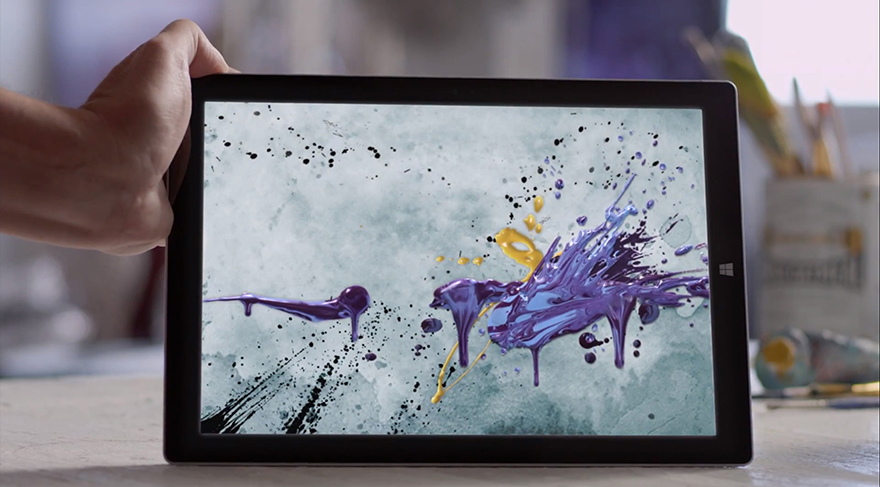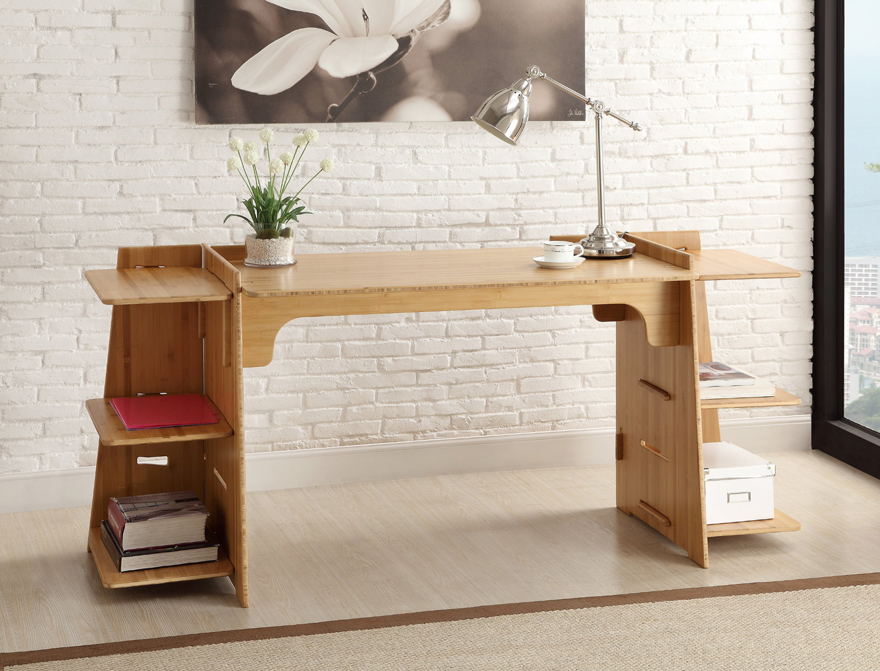![MD_A_STL_HEROFix.jpg]()
When I first started writing for this wonderful blog, the one you are on right now, I started off by writing about co-creative processes in relation to education and learning spaces. One of the offices that contacted me in relation to these articles was STL architects, a Spanish architecture studio based in Chicago. I arranged a Skype call with the two directors of the office, Luis Collado and Jose Luis de la Fuente, and we ended up talking for over an hour as shared our previous projects, work methods, processes and personal experiences.
In this interview you will be able to read about their way of working, the strategies when entering a project and their latest project, developing a 20-year master plan expansion for Wilbur Wright College in Chicago, which started working on in the beginning ofJjune this year.
![MD_A_STL_02.jpg]()
Background Info
The Wilbur Wright College is one of seven Chicago City Colleges, designed by Bertrand Goldberg architect studio back in 1986, all of which are currently undergoing a major remodeling. At the moment, the college hosts students from the age of 18 and up. It is divided into three different programs:
- Credit programs
- Continuing education
- Adult education
Course offerings range from African American Studies to Zoology.
The goal for the central authority of the Chicago City Colleges is to create a 20-year master-plan expansion, while the end goal with the expansion plan for STL is to "create spaces that promote learning."
A 20-year master-plan expansion
STL's mission is to create a 20-year master plan expansion for Wright College, which includes taking the university through a major transformation from the inside of the organization to the outdoor lawns. One of these changes is transforming Wright College from being one of seven city colleges—which allow the students the possibility of studying almost anything between heaven and earth—to focusing on IT, making it the IT hub of the Chicago universities.
In order to be able to handle this big change, STL had to dig their teeth into more than just the exterior and interior of the building—they had to study the existing structure of the organization to get a true understanding of how to create, and be a part of, a lasting change.
![MD_A_STL_03.jpg]()
![MD_A_STL_07.jpg]()
Based on previous experience, STL had prepared themselves for a rather stubborn, and difficult-to-please client, similar to the ones they had encountered in the past. But to their great surprise, that wasn't the case this time around. The client, which in this case consists of administrators, stakeholders, students and the central authority of City Colleges, completely broke this perception by giving STL loads of encouragement and support.
(more...)![]()





















 Parsons design students working with
Parsons design students working with 











 Look Again, on view until January 19, 2015, at the Carnegie Museum of Art. Photo by Bryan Conley
Look Again, on view until January 19, 2015, at the Carnegie Museum of Art. Photo by Bryan Conley Functional Sculpture / Sculptural Furniture at Cristina Grajales Gallery. Photo by Ari Espai
Functional Sculpture / Sculptural Furniture at Cristina Grajales Gallery. Photo by Ari Espai












